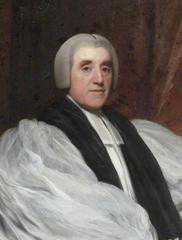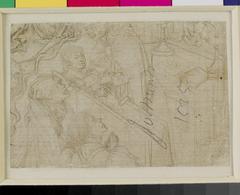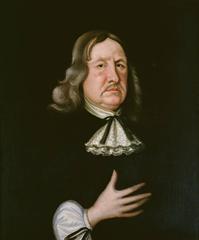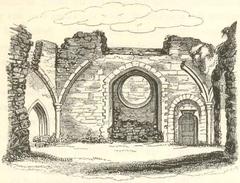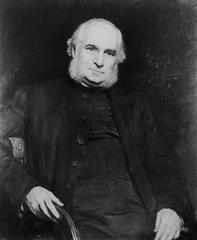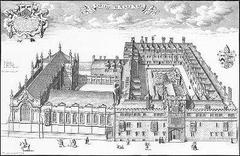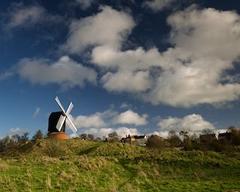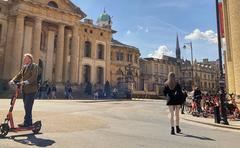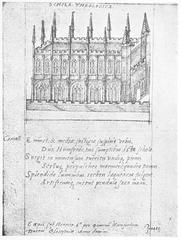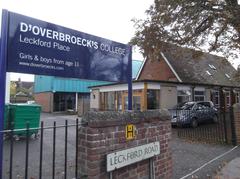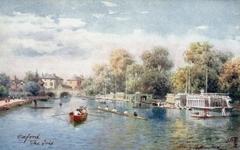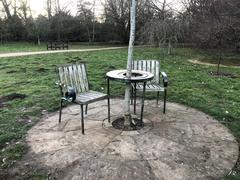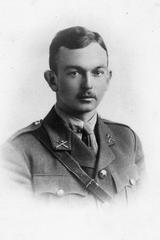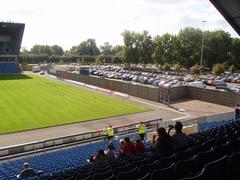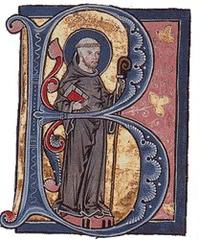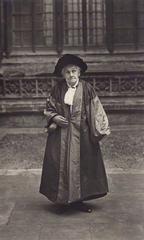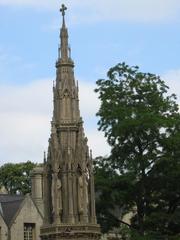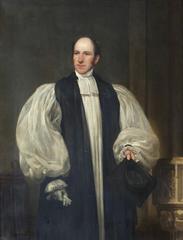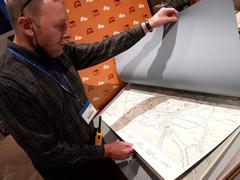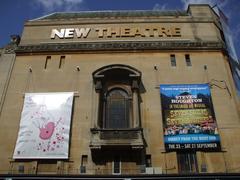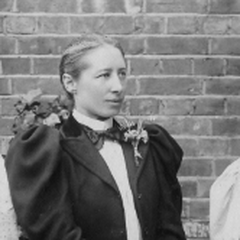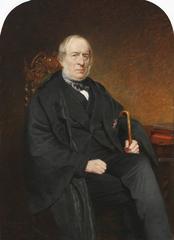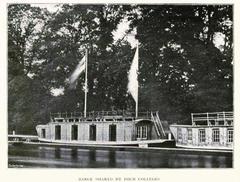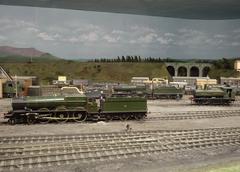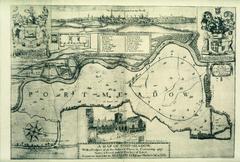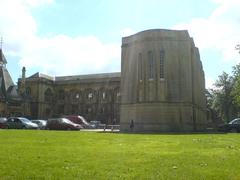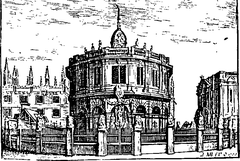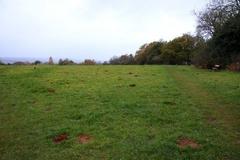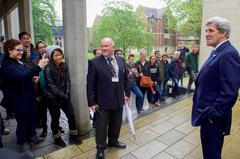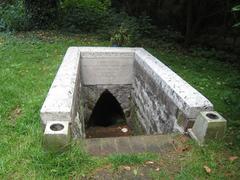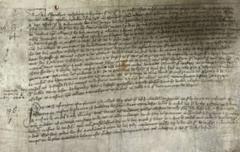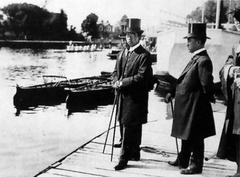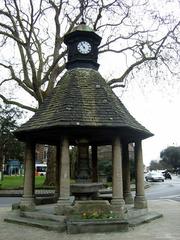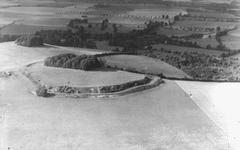Morris Cowley Railway Station Visiting Guide, Oxford, United Kingdom
Date: 04/07/2025
Introduction
Morris Cowley Railway Station, located in the industrial heart of Oxford, stands as a remarkable symbol of the city’s transport and manufacturing heritage. Established in the early 20th century to serve the iconic Morris Motors automotive plant, the station was central to Oxford’s economic growth and wartime production. Although passenger services ended in the 1960s, the railway remains a vital freight artery, supporting the BMW MINI plant, and is now at the center of ambitious plans for renewed passenger use. This guide explores the station’s past, present, and future, providing essential visiting information, historical context, and practical advice for anyone interested in Oxford’s rail and industrial legacy.
Table of Contents
- Introduction
- Historical Overview
- The BMW MINI Era
- Reopening Proposals
- Visitor Information
- Architectural Features
- Community Impact and Future Prospects
- Frequently Asked Questions
- Safety and Etiquette
- References and Further Reading
Historical Overview
Early Development
The roots of Morris Cowley Railway Station trace back to the expansion of the Wycombe Railway in the mid-19th century. Although the line passed through Cowley from 1864, there was initially no dedicated passenger station for the growing suburb. The area’s first rail stop, Garsington Bridge Halt (opened in 1908), was a modest platform serving the local community until 1915 (Wikipedia).
Industrial Expansion
Cowley’s transformation came with the arrival of Morris Motors in 1913, which rapidly turned the area into an industrial powerhouse. Responding to the needs of the factory—by the 1920s employing thousands—the Great Western Railway established Morris Cowley station in 1928 on the former Garsington Bridge Halt site. The station featured a 400-foot timber platform, booking office, and direct access from Cowley Road, mainly catering to factory workers and freight (Wikipedia).
Wartime Contributions
During both World Wars, Morris Cowley played a crucial role in the national effort. In World War I, sidings were built to dispatch munitions. In World War II, the line facilitated the transport of patients to military hospitals and supported heightened production at the Morris Motors works. The station thus became integral to both local industry and the wider war logistics network (Oxford Mail).
Passenger Decline and Freight Era
After the Second World War, the popularity of cars and buses led to declining passenger numbers. By the late 1950s, services were limited, and the 1963 Beeching cuts ended passenger use at Morris Cowley. However, freight operations continued robustly, with the line supporting the automotive sector—first Morris Motors, then the Pressed Steel Company, and now BMW MINI (OxfordshireLive).
The BMW MINI Era
Today, the Cowley Branch Line remains essential for the logistics of the BMW MINI plant, dispatching vehicles to ports for export. This ongoing industrial use keeps the line active and underscores its economic importance to the area, even in the absence of passenger trains (Steve Banks).
Reopening Proposals
Recent years have seen renewed momentum to restore passenger services on the Cowley Branch Line. Oxford City Council, Network Rail, and local stakeholders are supporting plans to open new stations at Cowley and Littlemore, integrating the area with Oxford city centre and beyond. The project is designed to improve connectivity, reduce congestion, and promote sustainable travel—potentially enabling over 1 million passenger journeys within three years of opening and supporting economic growth, job creation, and new housing (Oxford City Council; BBC News; Cherwell; Campaign for Cowley Branch Line).
Visitor Information
Current Status and Visiting Hours
As of July 2025, Morris Cowley Railway Station is not open to the public for passenger services. The site is dedicated to freight, and there are no official visiting hours. However, rail enthusiasts can view the station and railway infrastructure from public roads and footpaths near Cowley Road.
Ticket Information
Passenger train tickets for Morris Cowley are not available at present. Once the station reopens, tickets are expected to be sold online, at machines, and via mobile apps in line with broader UK rail practice.
Accessibility
Currently, the station is not accessible to the public. Future station designs are committed to full accessibility, including step-free access, tactile paving, and modern amenities for all users.
Getting There and Nearby Attractions
- By Bus: Cowley is well-served by frequent buses from Oxford city centre, taking less than 20 minutes.
- By Cycle: A network of cycle paths connects Cowley to central Oxford.
- By Car: Parking is available at Templars Square Shopping Centre and nearby streets.
Nearby attractions include:
- Cowley Road: Multicultural shops, cafes, and restaurants.
- Templars Square: Retail and community events.
- Oxford Science Park: Business park with green spaces.
- Historic Automotive Sites: Remnants of the Morris Motors factory and themed street names.
For Oxford’s wider historical attractions, including university colleges and museums, the city centre is a short trip away (Visit by Train; National Rail).
Architectural Features
Historically, the station was utilitarian, with a single timber platform and basic facilities designed for the large workforce at Morris Motors. The focus was on practicality, reflecting its primary role in serving the industrial community rather than general passenger traffic (Wikipedia).
Community Impact and Future Prospects
The planned reopening of the Cowley Branch Line for passengers is expected to deliver major benefits:
- Economic Growth: Thousands of new jobs and support for local businesses.
- Reduced Congestion: Sustainable alternatives to car travel for commuters.
- Environmental Gains: Lower carbon emissions and traffic.
- Social Inclusion: Improved transport for all, especially those without cars.
The project also aims to enhance Oxford’s status as a center for innovation and sustainable urban development (Oxford City Council; Campaign for Cowley Branch Line).
Frequently Asked Questions
Q: Can I visit Morris Cowley Railway Station now?
A: No, the station is closed to public access and operates for freight only.
Q: When will passenger services resume?
A: The reopening is part of the Cowley Branch Line project, with final timelines dependent on ongoing development and funding.
Q: How will tickets be sold when the station reopens?
A: Tickets will be available via online platforms, mobile apps, and station kiosks.
Q: Are the new stations going to be accessible?
A: Yes, future stations will feature full step-free access and inclusive design.
Q: What attractions are nearby?
A: Cowley Road, Templars Square, Oxford Science Park, and Oxford city centre are all accessible from the area.
Safety and Etiquette
- Do not enter fenced or restricted railway property.
- Respect local residents and posted signage.
- Stay informed about consultation events and updates via the Oxford City Council (Oxford City Council Consultation).
References and Further Reading
- Morris Cowley Railway Station Wikipedia page
- Alumni Oxford: Cowley Branch Line Draws Nearer
- Oxford Mail: Oxford Memories – Passengers on Cowley Branch Line
- Steve Banks: To and From Morris Cowley
- OxfordshireLive: Lost Oxfordshire Railway Stations
- Campaign for Cowley Branch Line
- Oxford City Council: Reopening Cowley Branch Line Passenger Services
- BBC News: Funding Granted for Study Into Two New Stations
- Cherwell: Oxford Cowley Rail Service
- New Civil Engineer: Funding for Study Into Two New Stations
- RAILSCOT: Morris Cowley Station History
- Oxford City Council Cabinet Report: Cowley Branch Line
- Visit by Train: Oxford Information
- National Rail: Visit Oxford by Train
Summary and Visiting Tips
Morris Cowley Railway Station represents the intersection of Oxford’s industrial heritage and its future aspirations for sustainable, connected transport. While not currently open to passengers, the site’s legacy is tangible, and the planned reopening of the Cowley Branch Line offers the promise of revitalized rail connectivity, economic growth, and environmental benefits. Stay updated via official channels and dedicated transport apps for the latest developments.
For more on Oxford’s transport history and travel tips, explore our related articles and download the Audiala app for up-to-date information.
